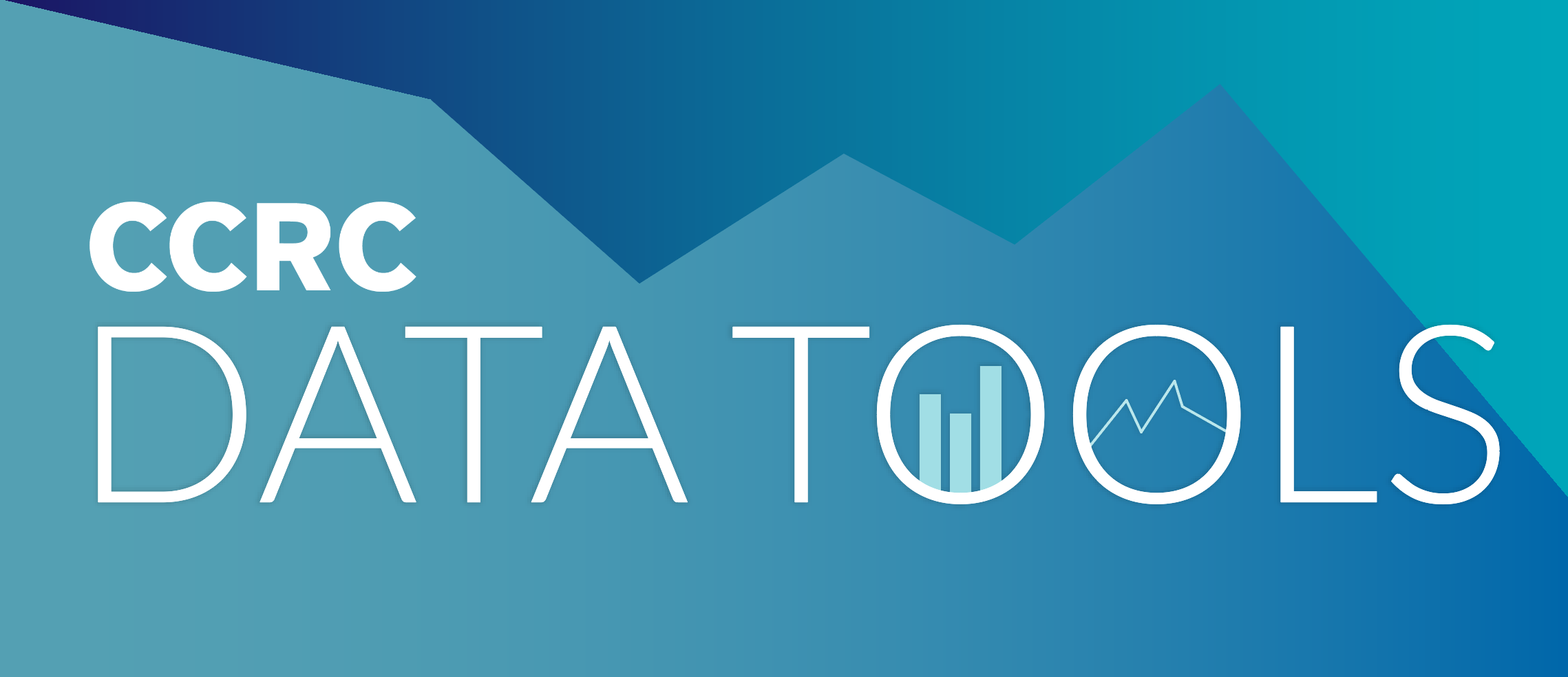By John Fink, Sarah Griffin, and Maggie P. Fay
More than a million high school students will enroll in dual enrollment courses this fall at their local community college. In the past, colleges commonly used placement testing to determine if high school students were eligible for dual enrollment. But during the pandemic, colleges had to pause the widespread use of placement testing and instead use alternatives such as high school grades to place students.
What should states and colleges do now that placement testing is back on the table as an option for determining eligibility for dual enrollment? CCRC research on using multiple measures to assess students for developmental education suggests that reverting to an overreliance on high-stakes placement testing is a step in the wrong direction.
Dual enrollment is a promising lever for addressing the crisis of college access and attainment, made worse by the pandemic, with disproportionate impacts on low-income students and communities of color. Exposing high schoolers to the rigor of college-level coursework and the norms of college classrooms helps them develop confidence that they can be successful in college and gives them the opportunity to explore fields of interest and develop postsecondary momentum. However, research reveals that access to college courses through dual enrollment is uneven, and Black and Latinx high school students, students with disabilities, and English language learners are severely underrepresented. This means that students who often stand to benefit the most from a jump start in college frequently cannot access these opportunities.
Overreliance on high-stakes placement testing to determine eligibility for dual enrollment courses was identified in a recent research synthesis as having unnecessarily excluded students from dual enrollment coursework. College placement tests have long been scrutinized for bias, and their validity as predictors of college success has been questioned. They can exclude high school students from dual enrollment in at least two ways: (1) disparities in the opportunity to test and (2) disparities in testing pass rates. Prior to the pandemic, dual enrollment leaders aiming to increase equity addressed testing barriers by implementing “testing-for-all” strategies (e.g., testing all students every year until they pass) or providing testing “bootcamps” to increase pass rates. These efforts, when paired with expanded outreach and supports, can yield hard-won gains in increased access. But to improve access to dual enrollment on a large scale, we need more than workarounds; we need different placement systems altogether.
CCRC research on alternatives to high-stakes placement testing for developmental education, such as the use of multiple measures including high school grades, suggests that moving to alternative placement systems for dual enrollment could broaden access for students who could benefit from these college-level courses but have been excluded. Indeed, even before the pandemic, some colleges and their high school partners were implementing alternatives to placement testing as a strategy to increase equitable access to dual enrollment.
The pandemic accelerated the use of alternatives to testing. When schools closed down in March 2020 and in-person testing became impossible, many colleges offered waivers to placement testing for all students, including dual enrollment students, and states made special exceptions to policies requiring placement tests. Community colleges, many of which had already begun implementing more equitable placement policies including multiple measures placement, were positioned to turn the crisis into an opportunity to expand equitable access to dual enrollment.
Florida and Ohio are two states that temporarily suspended placement testing for dual enrollment courses. In Florida, colleges permitted students to use high school GPA to demonstrate readiness for dual enrollment courses. In Ohio, students were eligible to participate if they had a 3.0 high school GPA, or a 2.75 GPA and an A or B grade in a relevant high school course.
An important question raised by these changes to eligibility policy was whether allowing more students to participate would mean fewer students would be successful in dual enrollment coursework. In Florida and Ohio, policymakers and state agency staff worked with colleges to examine the potential effect on dual enrollment course success and found that shifting from test-based placement to placement based on high school grades increased access to dual enrollment without substantially changing students’ course outcomes.
After the temporary shift away from test-based placement in many states, states and colleges are now setting their direction for how they will place students post-pandemic. We see the shift to test-optional policies as a silver lining of the pandemic that will potentially give more underrepresented students a chance to take college courses while they are in high school. However, changes in placement policies alone are insufficient. To realize their potential in advancing equity in dual enrollment, placement policies must center equity and be accompanied by efforts to increase outreach to communities of color, bolster advising and academic supports, and implement high-quality teaching. Encouragingly, after seeing that access to dual enrollment increased but student success did not decrease, pandemic-era alternatives to placement testing have been codified in state statute in Ohio and Florida. Yet, other states and colleges are reverting to determining eligibility through high-stakes placement testing, while others continue to study the issue.
As in many areas of our lives, the pandemic created opportunities to reevaluate the status quo. Colleges and states now have the opportunity to permanently move away from antiquated approaches to testing and placement that too often serve as gatekeepers instead of gateways to college access. Which dual enrollment eligibility policies states and colleges choose will be very consequential for efforts to advance equity in dual enrollment. Our research suggests that reverting to pre-pandemic eligibility policies that primarily rely on placement tests would be a step backward from the goal of increasing equitable access to dual enrollment.





